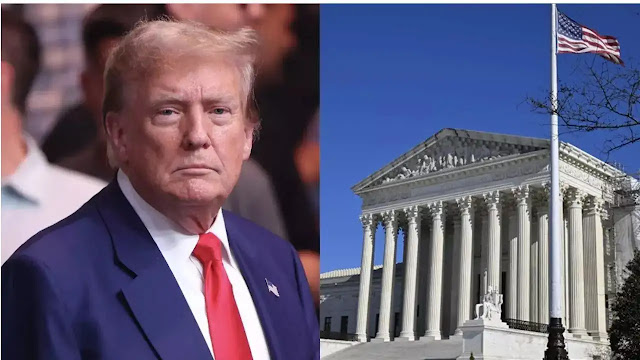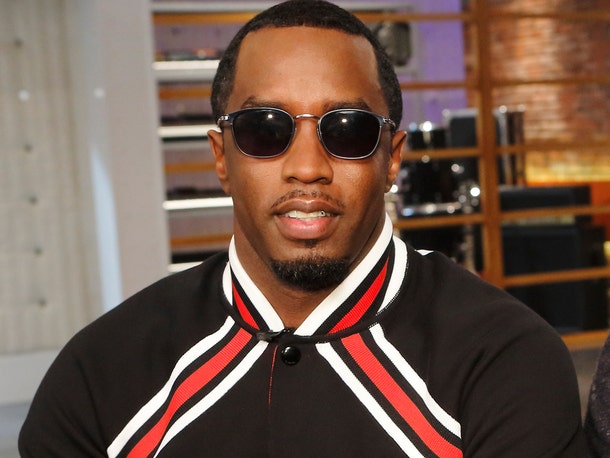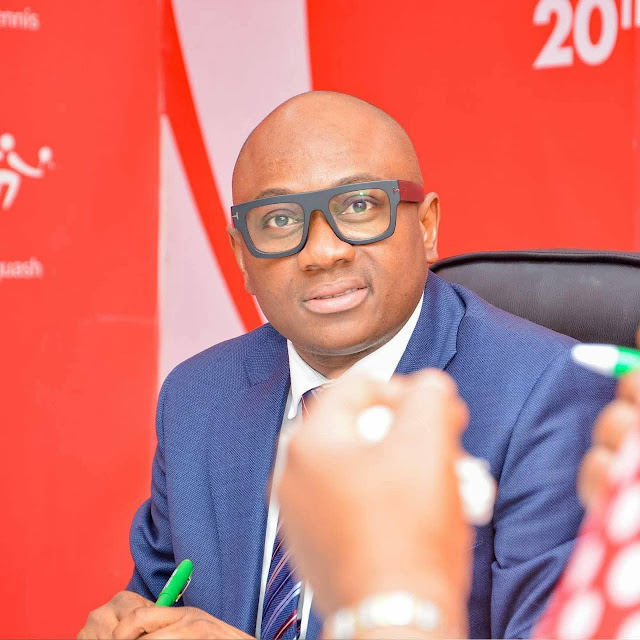In a revealing and candid conversation on The Circuit podcast, Meghan Markle, the Duchess of Sussex, has offered a rare glimpse into the restrictive protocols she navigated during her time as a working member of the British Royal Family. Speaking with host Emily Chang on August 27, 2025, Meghan described feeling “inauthentic” due to the strict expectations surrounding her appearance, particularly the requirement to wear nude tights—a rule she labeled as “silly” but emblematic of the broader constraints she faced. The interview, which touched on her journey toward embracing authenticity, highlights the challenges of balancing personal identity with the rigid traditions of royal life, shedding light on the pressures that ultimately contributed to her and Prince Harry’s decision to step back from their royal duties in 2020.
Meghan’s comments come as part of a broader discussion about her life post-royalty, including her work on a Netflix show that allows her to express herself freely. When asked how she reconciles her authenticity with her title as a Duchess, Meghan laughed and reflected on the stark contrast between her current freedom and the restrictive environment of the royal household. “It was different several years ago where I couldn’t be as vocal, and I had to wear nude pantyhose all the time,” she said. “I hadn’t seen pantyhose since movies in the 80s when they came in the little egg. That felt a little bit inauthentic. And that’s a silly example, but right now I don’t feel I need to prove anything.”
Her remarks about nude tights, while lighthearted, point to deeper issues of control and conformity within the royal institution. Meghan further elaborated, “It is an example of when you’re able to dress the way you want to dress, and you’re able to say the things that are true, and you’re able to show up in a space really organically and authentically, that’s being comfortable in your own skin.” This sentiment resonates with her broader narrative of reclaiming her identity after leaving the royal family, a journey she has shared through various media platforms, including the 2022 Netflix docuseries Harry & Meghan.
In the docuseries, Meghan provided further insight into the sartorial restrictions she faced, revealing that her choice of muted colors—camel, beige, and white—was deliberate to avoid overshadowing senior royals. “Most of the time that I was in the UK, I rarely wore color. There was thought in that,” she explained. “To my understanding, you can’t ever wear the same color as Her Majesty if there’s a group event. But then you also shouldn’t be wearing the same color as one of the other more senior members of the family.” This strategic choice, she noted, was part of her effort to “blend in” and avoid embarrassing the royal family, reflecting her initial commitment to fitting into the institution.
Meghan’s revelations offer a window into the complexities of royal life, where personal expression is often subordinated to tradition and hierarchy. Her comments also spark a broader conversation about authenticity, identity, and the evolving role of women in public life, particularly within institutions steeped in centuries-old customs.
The Context of Meghan’s Royal Experience
Meghan Markle’s tenure as a working royal was brief but highly publicized, spanning from her marriage to Prince Harry in May 2018 to the couple’s announcement in January 2020 that they would step back from their roles as senior royals. As an American actress, philanthropist, and advocate for women’s rights, Meghan entered the royal family with a distinct perspective, shaped by her career in Hollywood and her commitment to social causes. Her background stood in contrast to the traditional expectations of the British monarchy, which values discretion, neutrality, and adherence to protocol.
From the outset, Meghan faced intense scrutiny from the media and public, with her every action—from her fashion choices to her public statements—subject to analysis and criticism. The royal dress code, while seemingly trivial, was one of many protocols that shaped her experience. Royal women are expected to adhere to strict guidelines, including wearing modest clothing, maintaining a polished appearance, and avoiding bold or attention-grabbing styles. The requirement to wear nude tights, as Meghan noted, is a longstanding tradition for female royals, intended to create a uniform and elegant look. However, for Meghan, this rule symbolized the broader constraints on her individuality and self-expression.
Her comments about muted colors in the Harry & Meghan docuseries further illustrate the calculated nature of her wardrobe choices. By opting for neutral tones, Meghan sought to navigate the royal hierarchy, where senior members such as Queen Elizabeth II and the then-Duchess of Cambridge (Kate Middleton) took precedence. This adherence to protocol was part of her effort to integrate into the royal family, but it also underscored the challenges of maintaining authenticity in an environment where personal identity is often subsumed by institutional expectations.
The pressures Meghan faced were not limited to fashion. As a biracial woman and an outsider to the British aristocracy, she encountered significant cultural and racial barriers. The British tabloid press, known for its relentless coverage of the royal family, often portrayed Meghan in a negative light, with headlines that critics argued were tinged with racism and xenophobia. These challenges, combined with the rigid protocols of royal life, contributed to her and Harry’s decision to step back and relocate to the United States, where they have pursued independent careers in media, philanthropy, and advocacy.
The Significance of Meghan’s Podcast Revelations
Meghan’s appearance on The Circuit podcast, hosted by Emily Chang, is part of her ongoing effort to share her story on her own terms. Since leaving the royal family, Meghan and Harry have leveraged media platforms—podcasts, documentaries, and interviews—to reclaim their narrative and connect with global audiences. The podcast discussion, which focused on authenticity and personal growth, allowed Meghan to reflect on her journey from royal life to her current role as a producer, philanthropist, and mother.
Her comments about nude tights, while humorous, carry deeper symbolic weight. The requirement to wear them, which she described as outdated and reminiscent of 1980s fashion, represents the broader constraints she faced in conforming to royal expectations. By calling the rule “silly,” Meghan subtly critiques the monarchy’s adherence to traditions that may feel anachronistic in the modern era. Her ability to laugh off the experience reflects her newfound confidence and freedom to express herself without the weight of royal protocol.
The discussion about authenticity resonates with Meghan’s broader narrative of empowerment. In the podcast, she emphasized the importance of “being comfortable in your own skin,” a theme that runs through her public work. Whether through her Archewell Foundation, which focuses on mental health, gender equity, and community building, or her Netflix projects, Meghan has prioritized authenticity and purpose-driven work. Her ability to dress and speak freely, as she noted, is a stark contrast to the constraints of royal life, where her voice was often muted and her appearance carefully curated.
The Cultural and Societal Implications
Meghan’s revelations spark a broader conversation about the role of women in public life, particularly within institutions like the British monarchy that are steeped in tradition. The royal dress code, with its emphasis on modesty and uniformity, reflects a broader expectation that women in the royal family prioritize duty over individuality. For Meghan, a self-described feminist and advocate for women’s rights, these expectations clashed with her values and identity, creating a sense of inauthenticity that she struggled to reconcile.
Her critique of the nude tights rule, while lighthearted, touches on the gendered nature of royal protocols. Female royals face unique pressures to conform to standards of appearance and behavior that are often less stringent for their male counterparts. The expectation to wear muted colors to avoid overshadowing senior royals, for example, underscores the hierarchical and patriarchal dynamics within the monarchy, where women are expected to defer to those higher in the pecking order.
Meghan’s experience also highlights the challenges faced by women of color in predominantly white institutions. As the first biracial woman to join the royal family as a senior member, Meghan brought a unique perspective that challenged the status quo. Her decision to wear muted colors to “blend in” was not only a strategic choice but also a reflection of her awareness of the scrutiny she faced as an outsider. Her comments about not wanting to “embarrass the family” reveal the pressure she felt to conform, even at the expense of her own identity.
The broader societal implications of Meghan’s story extend beyond the royal family. Her journey resonates with women around the world who navigate environments where their individuality is constrained by institutional norms or societal expectations. By speaking openly about her experiences, Meghan is contributing to a global conversation about authenticity, empowerment, and the right to self-expression. Her ability to reclaim her voice through platforms like The Circuit podcast and Harry & Meghan demonstrates the power of storytelling in challenging outdated norms and inspiring change.
The Role of Media in Amplifying Meghan’s Voice
Meghan and Harry’s use of media platforms has been a defining feature of their post-royal lives. The Harry & Meghan docuseries, produced by Netflix, provided an unprecedented look into their experiences, offering a counter-narrative to the often-critical coverage by the British tabloid press. The series, which attracted millions of viewers worldwide, allowed the couple to address issues such as racism, mental health, and the pressures of royal life, while humanizing their decision to step back.
The Circuit podcast represents a continuation of this strategy, allowing Meghan to engage directly with audiences in a conversational and unfiltered format. By choosing platforms like podcasts and streaming services, Meghan and Harry are bypassing traditional media gatekeepers, reaching younger and more diverse audiences who resonate with their message of authenticity and resilience. The podcast format, in particular, offers an intimate setting for Meghan to share personal anecdotes, such as the nude tights story, that humanize her and make her relatable to listeners.
The media landscape has played a dual role in Meghan’s story. While the British tabloids contributed to the challenges she faced during her time as a royal, platforms like Netflix and podcasts have empowered her to reclaim her narrative. This shift reflects broader trends in media consumption, where individuals increasingly turn to digital platforms to tell their own stories, bypassing traditional outlets that may perpetuate biases or agendas.
Challenges and Criticisms
Meghan’s candid remarks about her royal experience have not been without controversy. Critics, particularly in the UK, have accused her and Harry of exploiting their royal connections for personal gain, arguing that their public disclosures violate the privacy and dignity of the royal family. The nude tights comment, while seemingly innocuous, may be seen by some as a jab at the monarchy’s traditions, reinforcing perceptions of Meghan as a disruptor who challenges the institution’s values.
Supporters, however, view her openness as a courageous act of authenticity, breaking the silence that often surrounds royal life. Her willingness to discuss the constraints she faced resonates with those who see the monarchy as an outdated institution in need of reform. The debate over Meghan’s comments reflects broader divisions in public opinion about the role of the royal family in modern society, particularly in the context of evolving cultural norms and expectations.
Looking Ahead: Meghan’s Legacy and Impact
Meghan’s reflections on her royal experience are more than personal anecdotes—they are part of a broader narrative of empowerment and self-discovery. By speaking out about the constraints she faced, she is challenging the status quo and encouraging others to embrace their authenticity, even in the face of institutional pressures. Her work through the Archewell Foundation, her media projects, and her advocacy for mental health and gender equity demonstrate her commitment to using her platform for positive change.
For the British monarchy, Meghan’s story raises important questions about its relevance and adaptability in the 21st century. The institution’s strict protocols, while rooted in tradition, may alienate younger generations who value individuality and diversity. Meghan’s experience highlights the need for the monarchy to evolve, embracing inclusivity and flexibility to remain relevant in a rapidly changing world.
As Meghan continues to carve out her post-royal identity, her voice will likely remain a powerful force in shaping public discourse. Her ability to connect with audiences through candid storytelling, as seen in The Circuit podcast, underscores the enduring impact of her journey—from a constrained royal to a confident advocate for authenticity and change.







